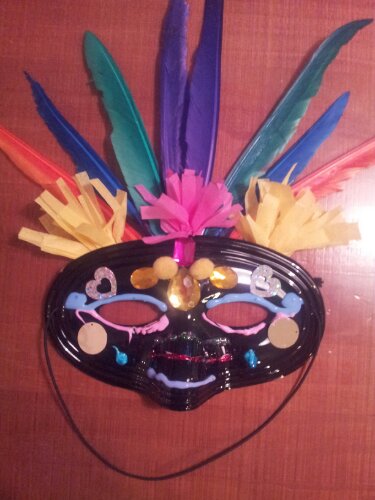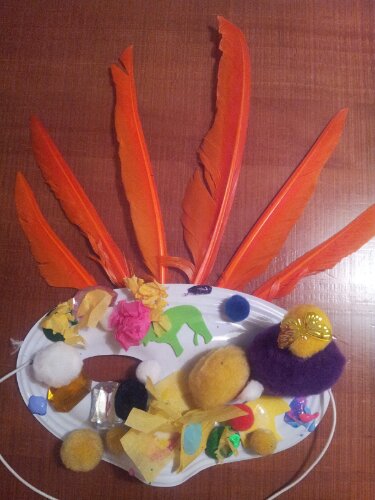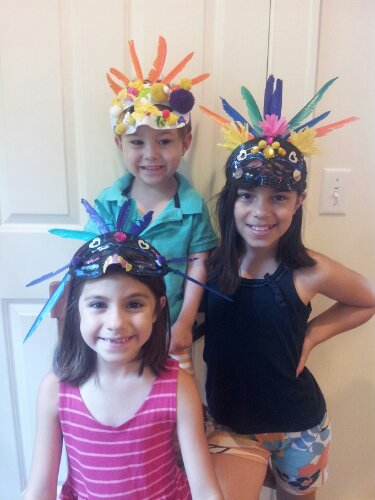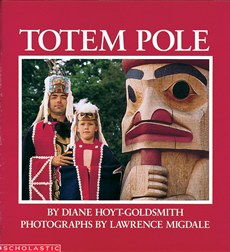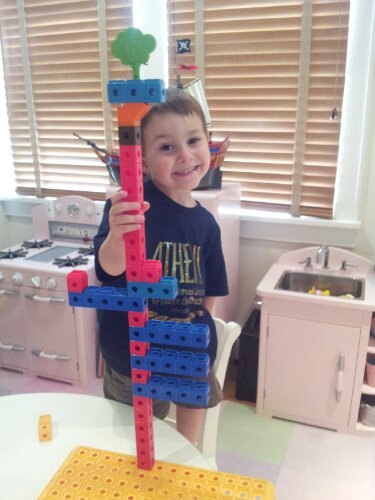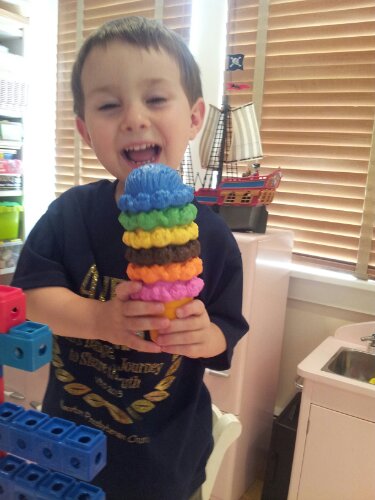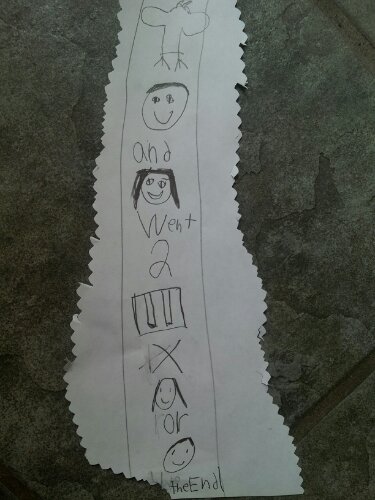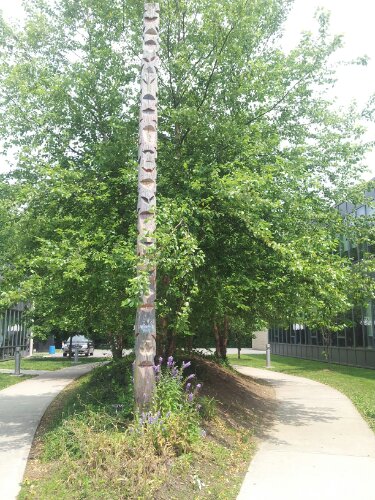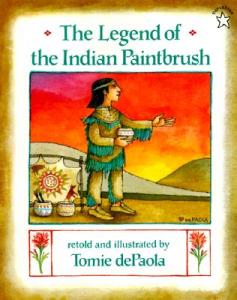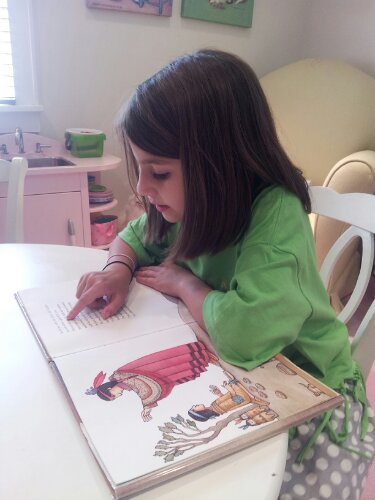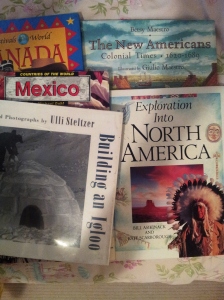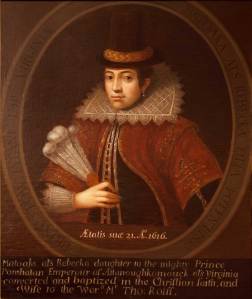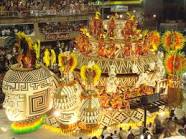
While most South American countries are Spanish-speaking, the people of Brazil, the continent’s largest country, speak Portuguese. This is because it was people from Portugal who, in the late 15th century, explored and settled in the eastern side of South America, which is now Brazil.
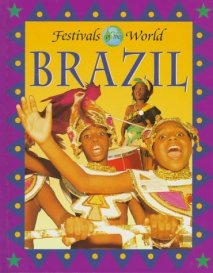
From the colorful book Festivals of the World: Brazil we learn about one of South America’s biggest celebrations, Carnival. When the Portuguese came to South America they brought their Catholic beliefs with them, just as the Spaniards did. Each year before Easter the new inhabitants practiced Lent, a solemn 40 days of personal sacrifice. They always enjoyed four days of celebration leading up to Ash Wednesday. This celebration has grown into a magnificent festival that takes place annually. While many towns and countries across South America take part in this celebration, the most famous Carnival festival takes place in Brazil’s Rio de Janeiro, where people come from all over the world to join in the fun.

During Carnival people dress in brightly colored costumes with lots of gold and silver detailing and wear masks and headdresses with magnificent feathers and plumes. Participants ride fantastic floats and fill the streets, singing and dancing in a parade.

The headdresses of the dancers remind us of the Native American headdresses that the chiefs wore hundreds of years ago. The costumes also show the influence of the African people who were brought over long ago by the Portuguese to help harvest sugar cane. Today the costumes and headpieces have become so intricate and ornate that they can weigh 50 pounds!
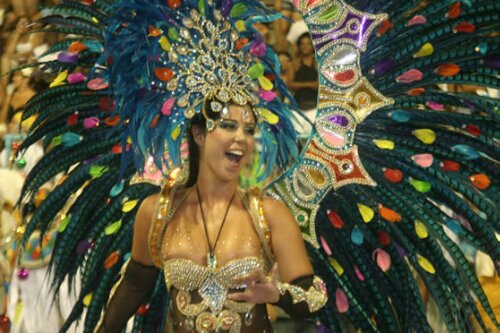
We decide it would be fun to make our own Carnival creations. Here’s how we made our Carnival masks:
We gather some goodies from our craft drawer. Pom poms, feather, gems, sequins and stickers. And lay out our art mat….
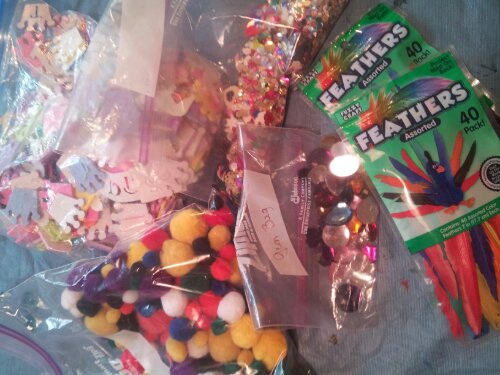
We found these plastic masks at Walmart, but you can also cut them out of cardboard or a paper plate.
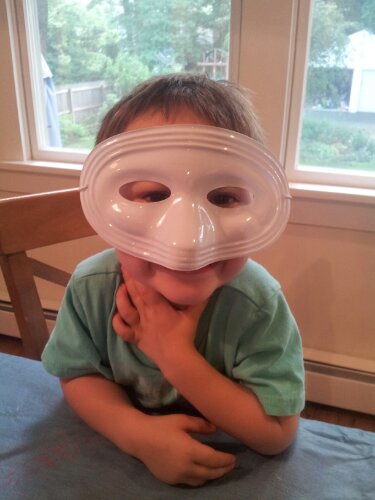 The kids layout their feathers.
The kids layout their feathers.
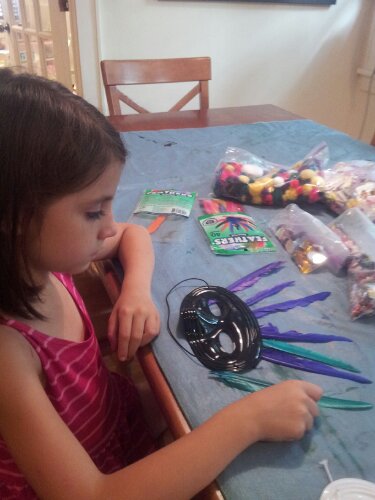
We tape them together before taping them to the inside of the mask.
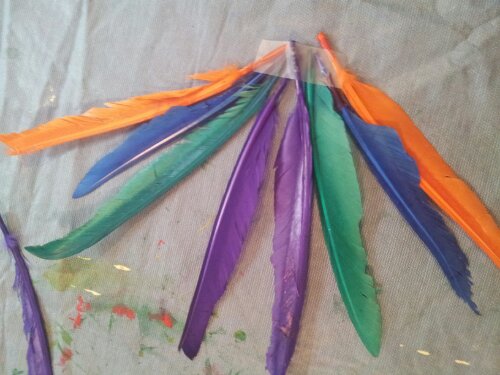
The scouts get to work gluing and decorating their masks.
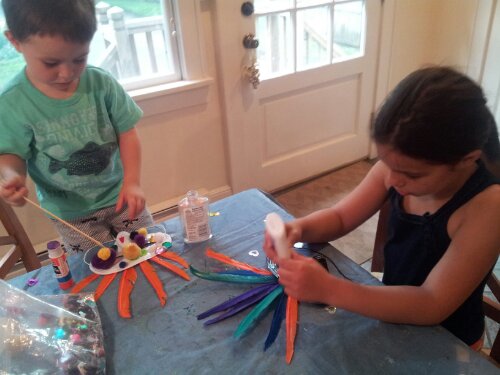
CZ cuts tissue paper into a fringe.
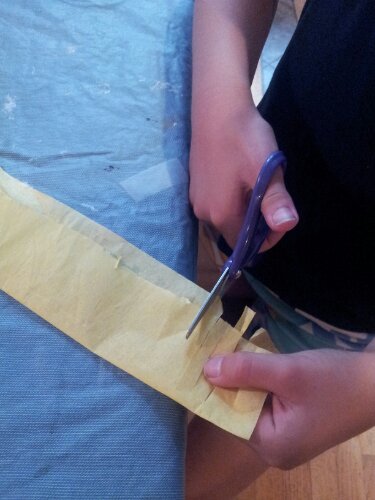
And adds it to her mask…
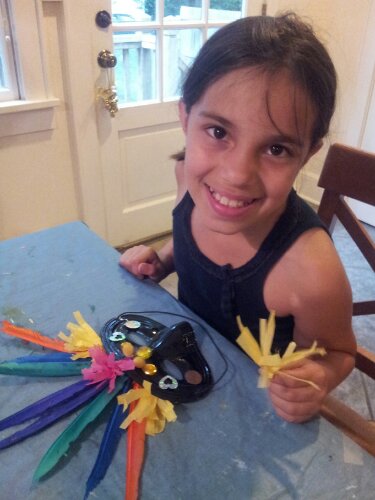
We use these 3D puffy paints from Elmers to add some details
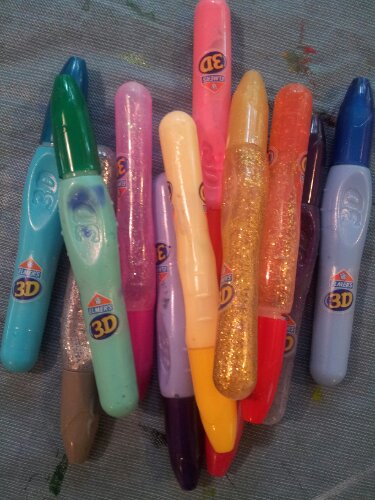
AZ:

And then give them a try. As a mask:

Ready for the party!

